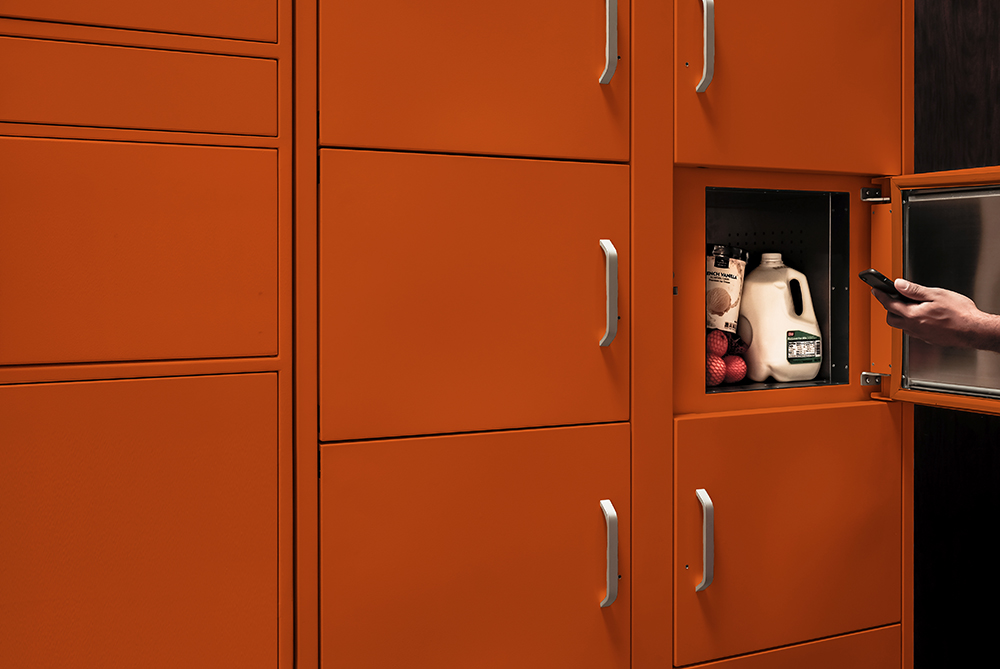It can be challenging to pursue big-picture projects in facility management when your team is bogged down with everyday responsibilities. Routine, repetitive tasks like processing payments, maintaining rooms and common areas, and monitoring security can take up a lot of staff time.
Fortunately, these are also the most suitable types of tasks for automation, thanks to today’s technology. So if you want to empower your facility management team to accomplish more, here are five tasks to start automating.
Payments, scheduling, and recordkeeping
There are plenty of day-to-day administrative tasks that are essential to facility operations, including:
- Accounting
- Employee scheduling, time tracking, and payroll
- Handling maintenance requests
- Maintaining files like contracts, tax records, and insurance
These tasks, no matter how simple, can be repetitive enough to cause employees to make mistakes and time-consuming enough to steal them away from high-value work.
If the concept of automation is fairly new to your business, automating administrative work is a great place to start. Business management software has evolved over the years, and it’s not difficult to find an easy-to-use, comprehensive solution that automates all the above tasks and more. Some software solutions are highly customizable, tailored to specific industries, and capable of integrating with other systems you’re already using or plan to implement.
Mailroom management
With e-commerce growing rapidly, there’s another tedious task burdening facility staff — managing incoming and outgoing packages. Some buildings may see hundreds of deliveries each week, and processing, securing, and distributing all those packages can feel like an uphill struggle.
While we still need humans to deliver, receive, and sign for these items, mailroom software and package lockers help streamline the process.
Our mailroom software allows employees to process packages via a mobile device. A quick scan records recipient and courier data, and then the system sends pickup notifications to recipients. This means staff members don’t have to track people down to complete the delivery chain of custody.
Package lockers further automate mailroom tasks by securing deliveries, tracking deposits and pickups, and allowing recipients to access their deliveries without staff assistance.
Security
Technology can also tackle several tasks typically designated to security guards, such as monitoring areas of the property, detecting emergency situations, and permitting or prohibiting entry.
Surveillance cameras have been around for a while, but they’re now advanced enough to detect potential problems on behalf of security staff. Cameras can spot motion, identify alarm sounds, and recognize faces — and these events can trigger immediate alerts to appropriate staff.
And when it comes to granting access to the building and restricted areas, electronic “smart” door locks are up for the task. These locks allow entry via access codes or cell phones, allowing security staff to track and report on which employees, tenants, and visitors entered and left each area and at what time. Smart lock systems also have remote control capabilities.
Data collection
Manually gathering data from building equipment, utility companies, contractors, and tenant surveys is often a tricky, lengthy process. Not to mention, the resulting data may be delayed and inaccurate, causing stress on leaders relying on the information to make strategic decisions.
But automation is making properties smarter. Nearly half of American property managers believe that the Internet of Things (IoT) will significantly impact how they manage their buildings in the future. IoT has the potential to be the “brain” of a facility by continually collecting information from various sensors. The sensors can monitor events like energy consumption, equipment performance, and room usage, giving facility managers a better idea of when, where, and how to make adjustments.
Sensor-gathered information on tenant behavior (e.g. what rooms people enter and what services they use) can indicate when changes are necessary. When paired with heating and cooling systems, for example, sensors can recognize when common rooms are typically empty and adjust temperature settings accordingly to conserve energy. And if data collection reports that tenants rarely step into the fitness center, it might indicate that it’s time for a renovation.
Room maintenance
Tenants may also avoid certain rooms if they find them disorganized, messy, or in need of servicing. But if you have a large facility or campus, it can be difficult to ensure that every single space is in tip-top shape, especially if you don’t have a system in place for monitoring the maintenance staff.
Thankfully, there are software solutions for overseeing facility maintenance. For instance, in the Smiota Service portal, administrators can assign servicing tasks for each room and also indicate how often the room should be cleaned. Plus, service staff can track their progress through an app as they move from room to room, giving facility managers a real-time look at how things are moving along.
Smiota is here to help facility management teams automate some of their daily tasks. Contact us to learn more about Smiota Service and Smiota Mailroom.




